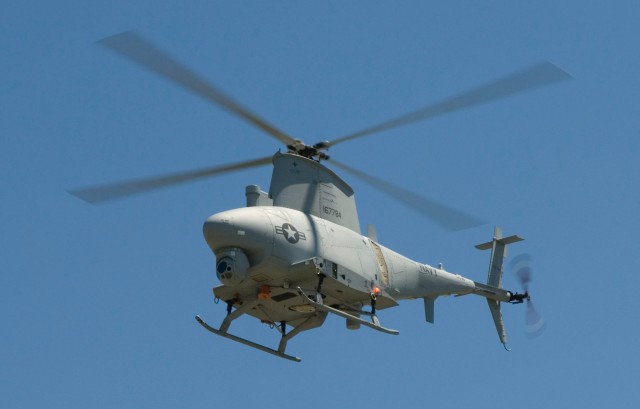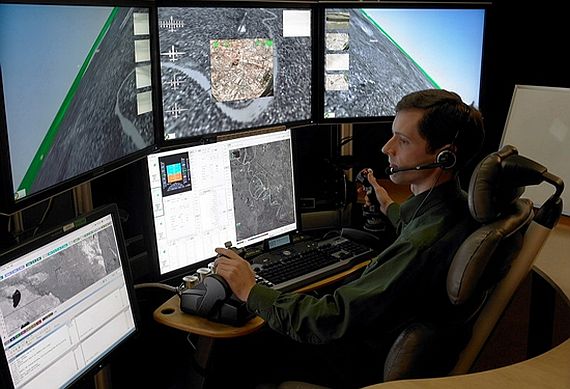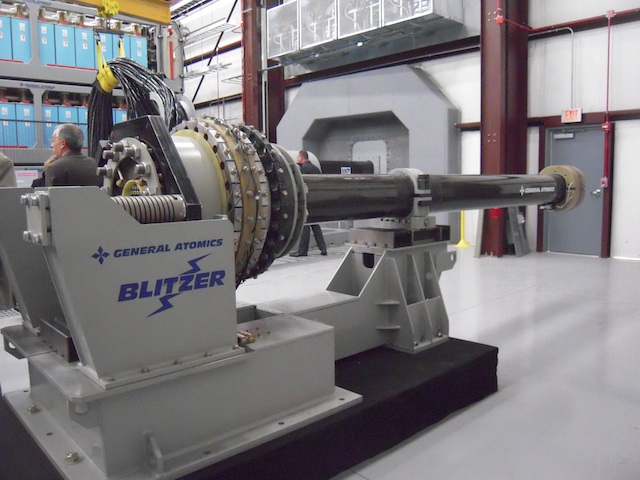US Navy Gears Up for Cyberwarfare – TechNewsWorld
|
US Navy Gears Up for Cyberwarfare
TechNewsWorld Although any kind of warmaking offensive carries risks, "cyberwarfare can be an effective deterrent in two ways," noted Vasco Data Security VP John Gunn. "It can make our assets less attractive for fear of retaliation — and used in a preemptive manner … |


